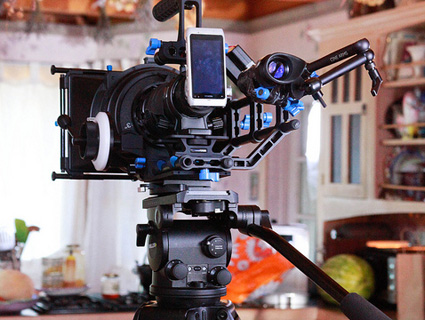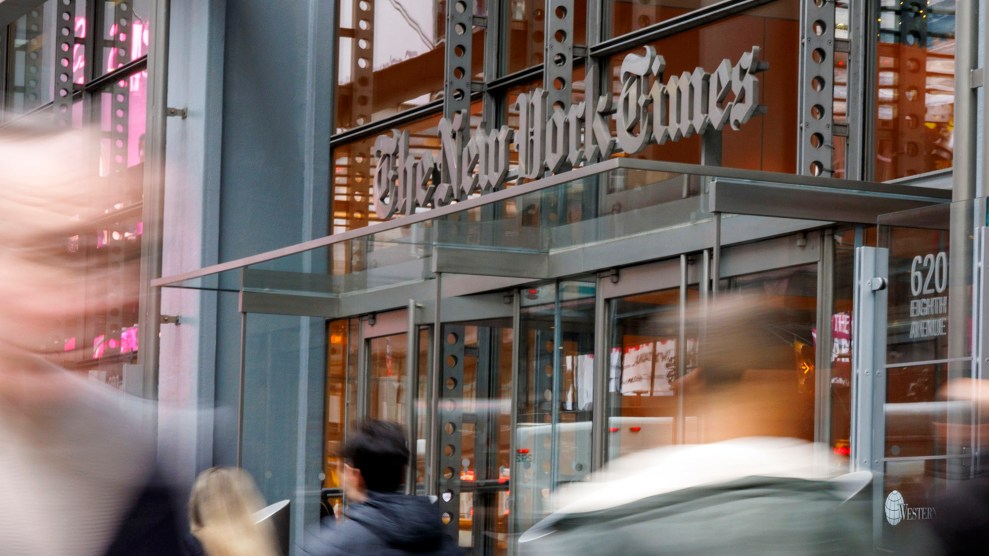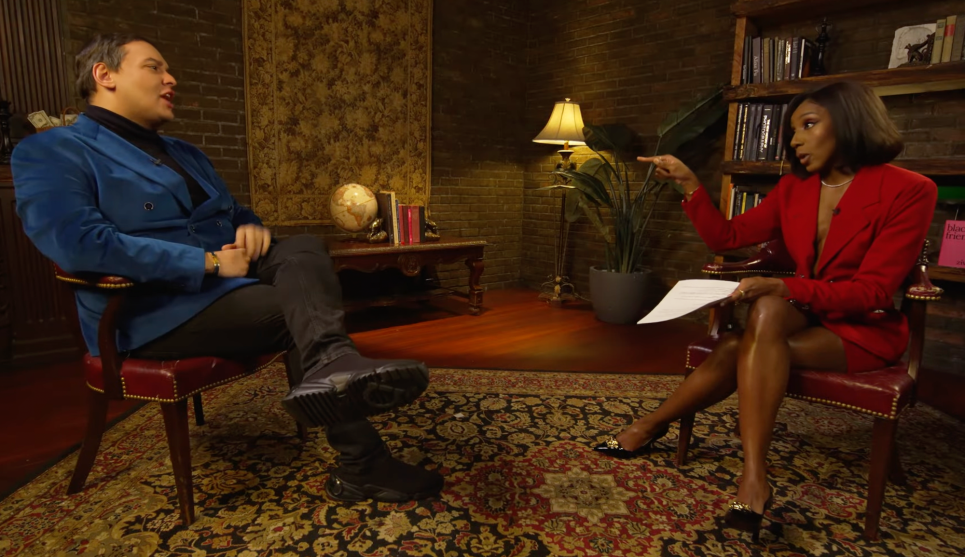
Lights, phone, action!Golnaz Shahmirzadi
In early 2010, Hooman Khalili hatched his plan to make a theater-ready feature film using a cellphone simply because he could. “Technology is moving so fast I knew it could be done,” he says. He found a phone that shot in true high-definition, the Nokia N8, and knew he had a shot at producing a pixelated-free big-screen experience. When his pleas for backing from Nokia went unanswered, Khalili got the cash he needed for a serious production from former Facebook bigwig Chris Kelly and San Francisco businessman Bill O’Keeffe. By year’s end, Olive, a film featuring two-time Oscar nominee Gena Rowlands was born.
So, can anyone with a smartphone become a filmmaker? Maybe, but Khalili and his co-director Patrick Gilles had to go all-out MacGyver on the pocketable communication device to make it camera-ready. Consider the hack:
- Buy a Nokia N8 off Amazon—the only camera to shoot in true hi-def in late 2010 (yes, including the iPhone)—from Japan (the phone wasn’t available in the US): $379
- Ask for a “badass cellphone hacker” on Facebook to nix the phone’s autofocus feature (“The camera thinks it knows what to focus on,” says Khalili, “but it doesn’t.”) and its autozoom, which degrades the pixels: $150
- Post an ad on Craigslist seeking a 35mm lens (dropped/cracked, thus the bargain price of…): $800
- To jury-rig the lens for depth of field, commandeer pagers off of eBay for their vibrating mechanisms ($3.99 for 2), and ground glass: $20
- Each day before shooting (28 total days), Gilles spent an hour affixing the hacked phone to the hacked lens using three-quarter-inch double-sided tape (hardware-store standard issue, one roll). Oh, and he used “toothpicks and little pieces of paper to shim the camera on the fly and in the field.”
- Salvage a Hasselblad camera for parts to mount a prism onto an articulating arm as an eyepiece. Why? Because the camera shoots upside down and you want to watch footage without having to do a headstand.
- Film the entire movie on two SD cards: $40 each. (The N8 has a built-in SD card slot.)
- Since cellphones always run out of juice at the most inopportune times, use a portable battery (the size of a gift box) to make sure your camera doesn’t die during 10-12 hour days of shooting.
All told, $425,000 for hack, cast, and crew yielded a sharply shot film; it only looks amateur during fast-action moments, which are few given that the plot follows a young girl (Olive, of course) who charms her way into the lives of three lonely suburbanites, all without saying a word. The flick features a hauntingly lyrical song “Imaginary Friend,” by Ben Lear (son of Norman) and an eclectic mix of lilting tracks assembled by Khalili and his music supervisor Brooke Wentz. “I work in radio,” says Khalili of his day job, “and I have this theory that the best music in the world is the music you don’t hear on the radio.” So the indie music in Olive won’t sound familiar, which, well, thank god.
Olive is not the greatest movie you’ll ever see. The story is nice enough and there are several strong characters—but the real draw is the technique. The cinematography highlights stunning landscapes and vivid colors, striking scenes that at times upstage the narrative. “I was just trying to be groundbreaking,” says Khalili of his effort to create a made-by-phone movie that could be shown in theaters. He sees Olive as “the ultimate independent film” born of the smartphone age: “Two first-time directors; the queen of independent cinema, Gena Rowlands; no studio or distributor supporting it; and one movie theater in the entire country playing it. There’s no more of an underdog story than this.”
Earlier this month, hoping for a nomination for original song or supporting actress for Rowlands (“She’s due,” he says), Khalili mailed the film to all 6,500 of the Academy’s members. Whether Olive gets a nod, well, that’s now their call.












